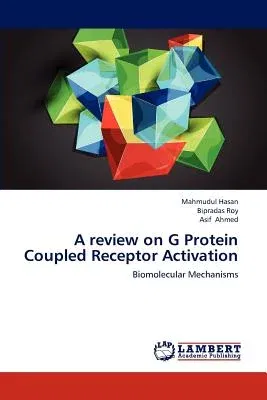Mahmudul Hasan
(Author)A review on G Protein Coupled Receptor ActivationPaperback, 4 September 2012

Qty
1
Turbo
Ships in 2 - 3 days
In Stock
Free Delivery
Cash on Delivery
15 Days
Free Returns
Secure Checkout
Print Length
60 pages
Language
English
Publisher
LAP Lambert Academic Publishing
Date Published
4 Sep 2012
ISBN-10
365923172X
ISBN-13
9783659231728
Description
Product Details
Book Format:
Paperback
Country of Origin:
US
Date Published:
4 September 2012
Dimensions:
22.86 x
15.24 x
0.36 cm
ISBN-10:
365923172X
ISBN-13:
9783659231728
Language:
English
Location:
Saarbrucken
Pages:
60
Publisher:
Weight:
99.79 gm

